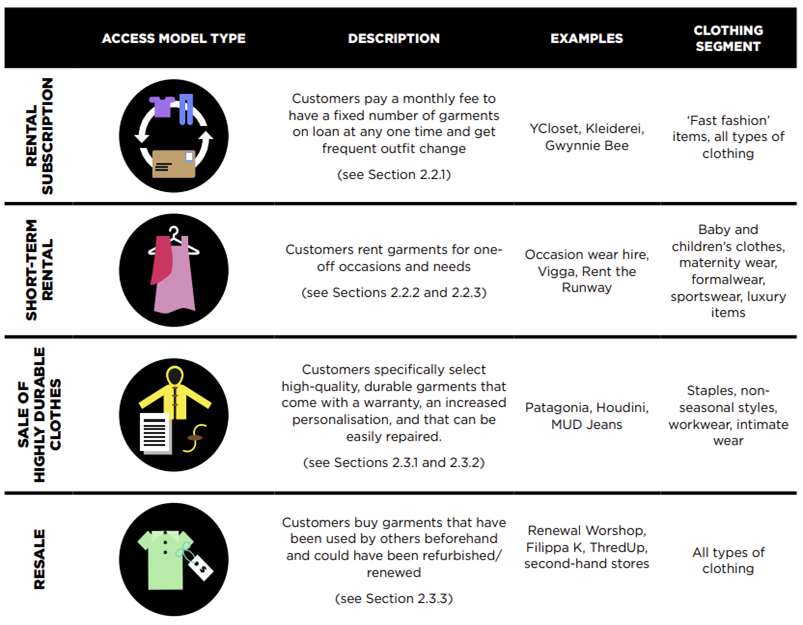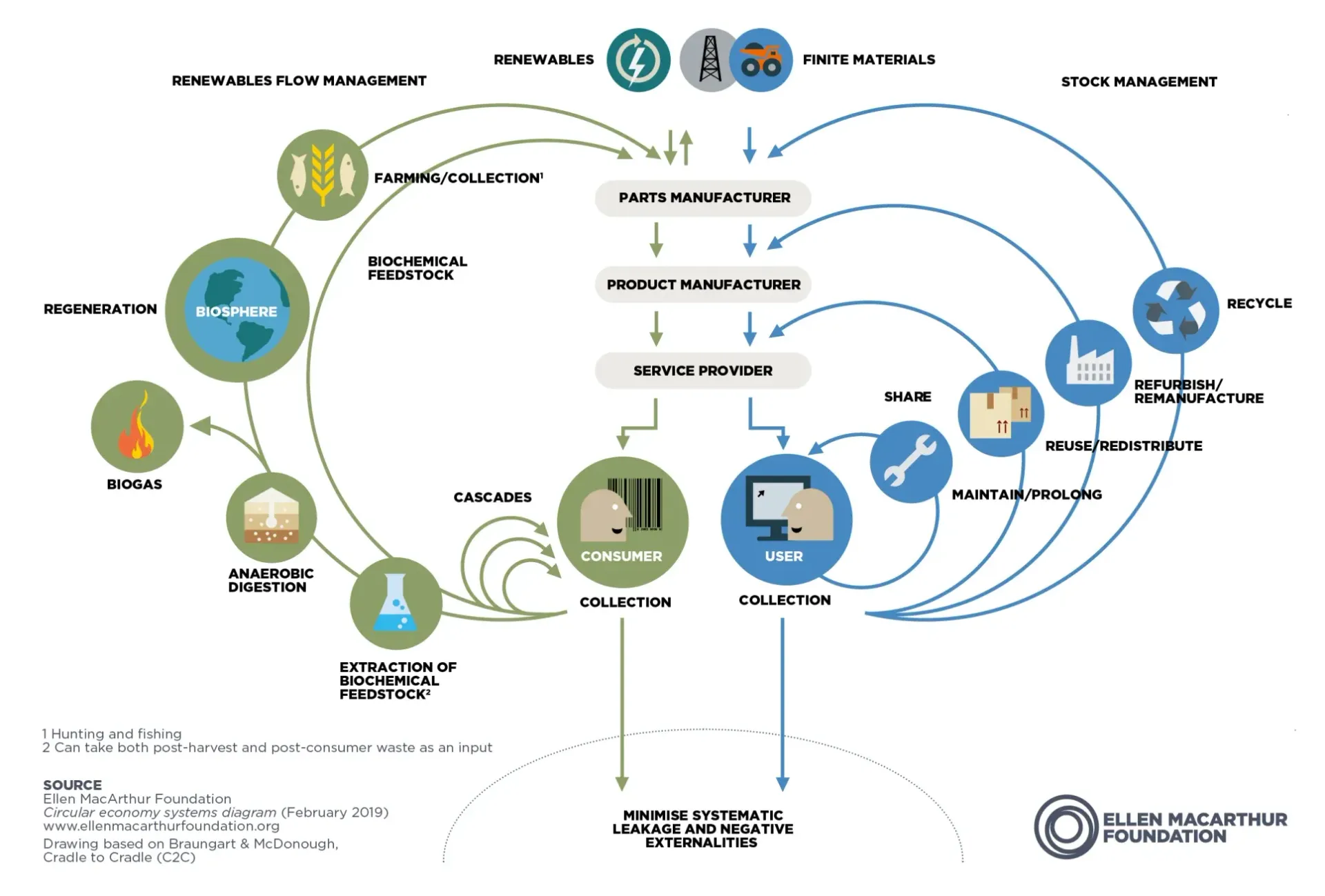RETAIL DIGITAL TRANSFORMATION STRATEGY: CRITICAL CONSIDERATIONS TO SUCCEED

RETAIL DIGITAL TRANSFORMATION STRATEGY: CRITICAL CONSIDERATIONS TO SUCCEED
The retail industry has been transformed significantly in the last decade, with e-commerce, mobile shopping, and the increasing use of technology in-store. Retail companies must keep up with these changes to remain competitive and profitable. Digital transformation is a critical strategy to help retail companies navigate this shift in consumer behaviour and market dynamics.
Digital transformation involves using digital technologies to transform business operations, processes, and models. It aims to improve efficiency, agility, customer experience, and profitability. However, implementing a digital transformation strategy in retail companies takes time and effort.
This article will discuss essential considerations and challenges when embarking on a digital transformation journey.
1. Define your goals and objectives.
One of the critical considerations when implementing a digital transformation strategy is to define the scope and objectives of the initiative. It is essential to clearly understand what the company hopes to achieve through the digital transformation. The goals should be specific, measurable, achievable, relevant, and time-bound (SMART). For instance, the company may aim to improve customer engagement by implementing a personalised omnichannel experience.
The scope of the digital transformation should also be clearly defined, including the areas the change will cover. This may include website redesign, implementing a mobile app, introducing a loyalty program, and adopting new payment methods. Defining the scope and objectives of the digital transformation is critical in ensuring that the initiative is well-planned and executed.
2. Develop a roadmap.
Digital transformation is a journey, not a destination. It involves multiple stages, which can take time, effort, and resources. Therefore, developing a roadmap that outlines your digital transformation strategy's key milestones, timelines, and resource requirements is essential. A roadmap will help you stay on track, measure progress, and communicate the initiative's status to stakeholders.
3. Secure Buy-in from Key Stakeholder.
Implementing a digital transformation strategy requires buy-in from key stakeholders in the organisation. These include senior executives, employees, and customers. With buy-in from these stakeholders, the initiative may face resistance, which can lead to failure.
Senior executives should champion the digital transformation initiative and provide the necessary resources to support it. Employees should also be involved in the planning and implementation to ensure they have the skills and knowledge required to keep the initiative. Customers should also be informed of the changes and how they will benefit.
4. Address cultural and organisational barriers.
Digital transformation is not just about technology; it's also about people and culture. Many retail companies face cultural and organisational barriers to digital transformation, including resistance to change, lack of digital skills and talent, siloed departments, and legacy processes and systems.
Addressing these barriers requires a cultural and organisational shift, including training, hiring, and incentivising digital talent, fostering collaboration across departments, and empowering employees to experiment and innovate. Implementing a digital transformation strategy requires employees to have the skills and knowledge to support the initiative.
Retail companies must invest in employee training to ensure employees have the skills and knowledge to use new technologies and support digital transformation.
5. Leverage data and analytics.
Data and analytics are critical to digital transformation in retail. They provide insights into customer behaviour, market trends, and operational efficiency. Leveraging data and analytics requires data infrastructure, tools, and talent investment. It also requires a data-driven culture, where decisions are based on insights and evidence rather than intuition or gut feeling.
6. Embrace new technologies.
Digital transformation involves leveraging new and emerging technologies to drive innovation and efficiency. Retail companies must embrace technologies such as artificial intelligence, machine learning, Internet of Things, and cloud computing.
However, adopting new technologies requires infrastructure, software, and talent investments. It also requires a mindset of experimentation, where failures are viewed as learning opportunities, not setbacks.
7. Ensure cybersecurity and data privacy.
Data privacy and security are critical considerations when implementing a digital transformation strategy. Retail companies collect vast customer data, including personal information such as names, addresses, and payment details. This data is valuable to cybercriminals, making retail companies a prime target for cyber-attacks.
Retail companies must ensure that customer data is protected at all times. This includes implementing robust security measures to prevent data breaches and complying with data privacy regulations such as the General Data Protection Regulation (GDPR).
8. Keep up with evolving customer expectations.
Digital transformation in retail is driven by evolving customer expectations. Customers expect personalised experiences, seamless omnichannel journeys, and real-time brand interactions.
Retail companies must meet these expectations by leveraging artificial intelligence, chatbots, and augmented reality technologies. They must also invest in customer data analytics and insights to understand customer needs and preferences.
All Rights Reserved | Retail Consulting & Advisory Services Ltd.
Ismael Gonzalez - Founder & Managing Director
© 2022 Retail Consulting & Advisory Services LTD. Company Registration Number 14234794. Privacy Policy









